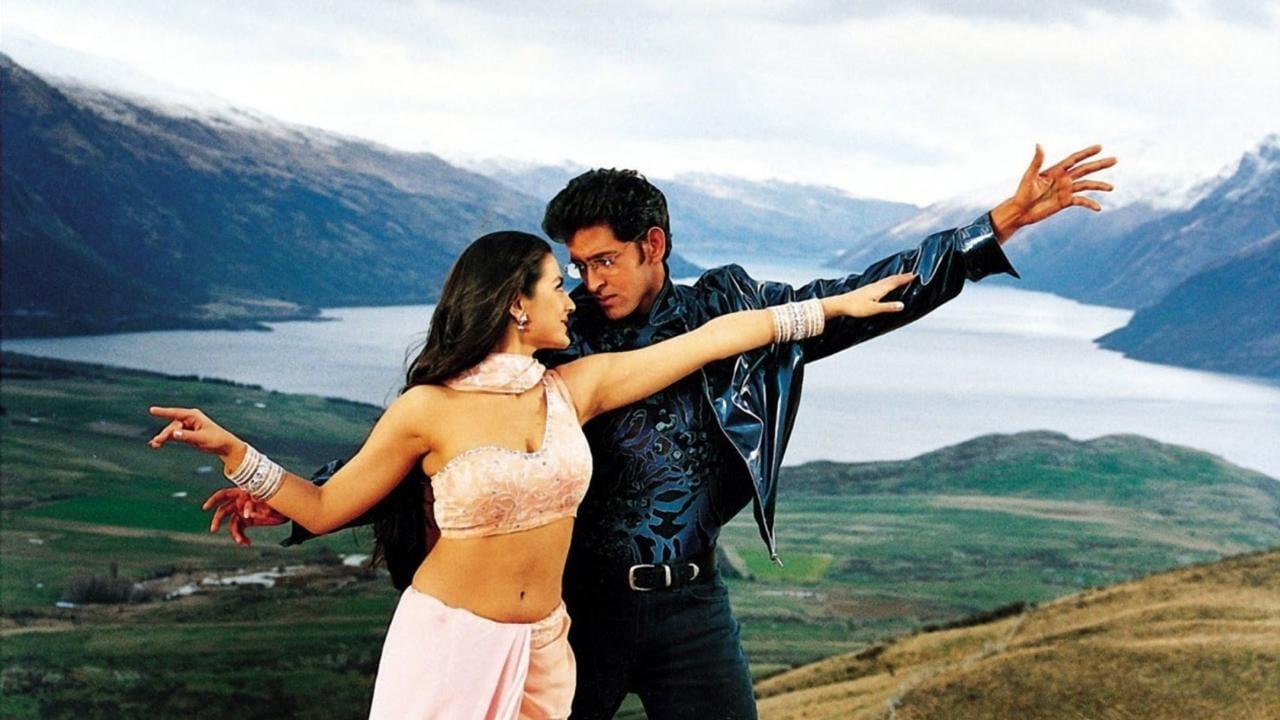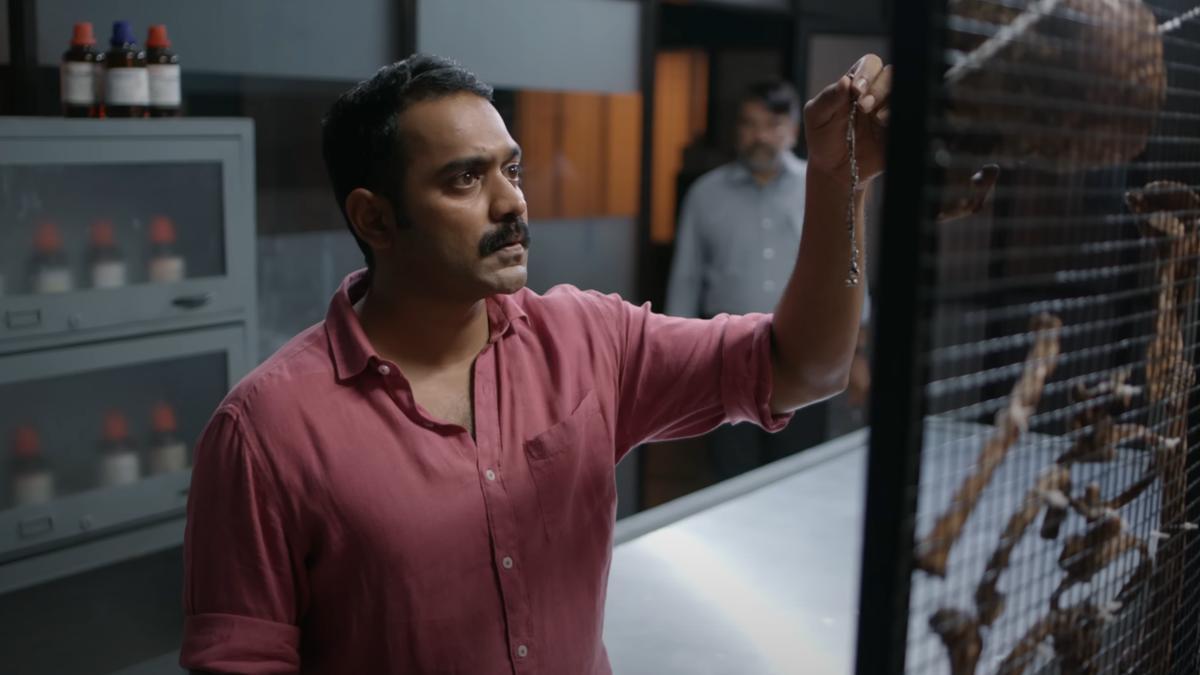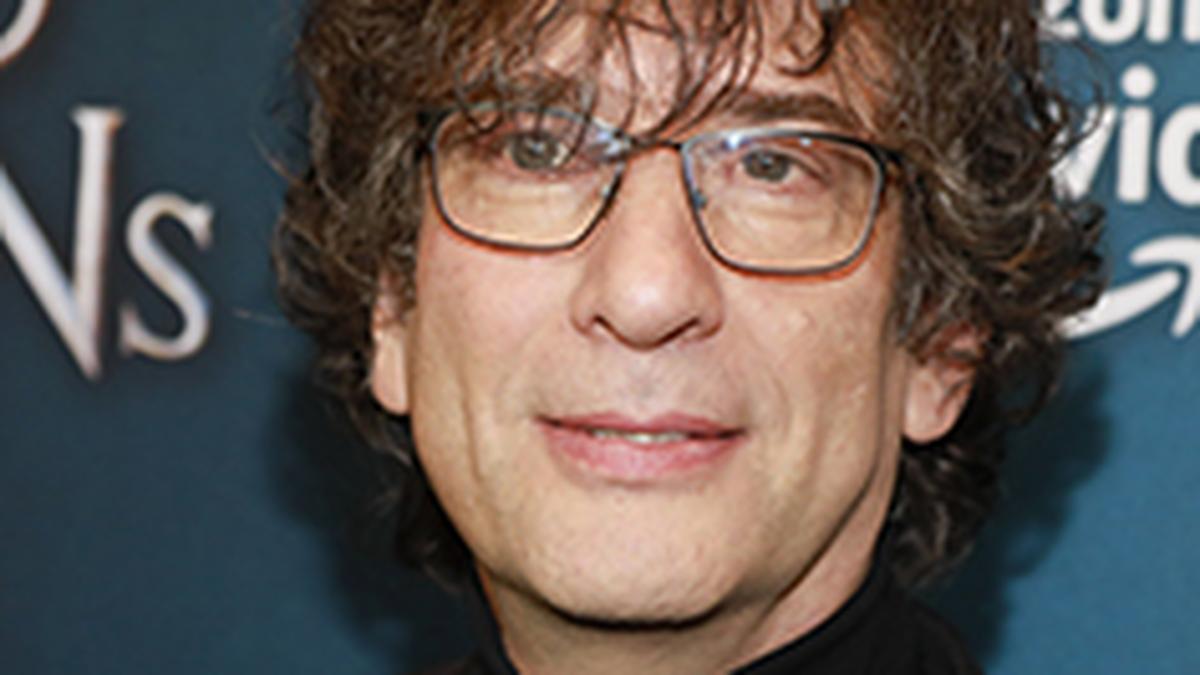
**Rewind: Chaya Building, Parsi Colony, Dadar, Mumbai.**
Each morning, as the first rays of sunlight filtered through the window of our small apartment, I would look at the image of Kalinga Narthana Krishna hanging above my bed. His divine form filled the room with a presence both powerful and playful. I often found myself in conversation with him, sharing my fears and joys. At times, his gaze seemed intense, almost overwhelming, but at other times, he appeared as a mischievous child, playing with a serpent.
After being fully awake, I would turn to the beautiful shrine in a corner of the room, where Radha and Krishna resided, their forms bathed in the soft glow of the morning light. My mother would come with a glass of milk, singing Mira’s bhajan, ‘Jago bansi wale, jago more pyare’. She offered the milk to Krishna, a ritual of love and devotion, leaving it at his feet. I often wondered whether he drank it and kept checking.
When Pt. Bhimsen Joshi’s rendering of ‘Teertha Vithala Kshetra Vithala’ filled our home, it became one of my personal favorites, embodying the divine energy that captivated me.
***My First Abhang Experience***
It was a Sunday, and the house buzzed with energy. That evening, Shri Mohan Pai and his abhang mandali would fill our home with the divine sounds of Vithala. We eagerly awaited the arrival of fellow devotees and kindred spirits who shared our love for Panduranga. I was particularly excited at the prospect of joining the chorus and chanting ‘Vithala, Vithala’. As dusk fell, the room echoed with Vithala Nama, binding us all in a shared divine energy. Years later, Pt. Bhimsen Joshi’s rendering of ‘Teertha Vithala Kshetra Vithala’ became my favorite abhang.
***The Melody of Midweek***
Midweek melodies were another cherished memory. It was a Wednesday, and my mother’s friends arrived for their weekly Meera Bhajan Mandali session. When I returned from school, the house was filled with their harmonious voices. My mother gently beckoned me to join them, knowing well that she would ask me to sing ‘Maadu meikkum kanne’ toward the end—a tradition that holds a special place in my heart to this day. There’s something indescribably beautiful about gazing at Krishna’s form as I sing for him, feeling a connection that transcends the music itself.
***Balamma’s Mesmerizing Dance***
Balasaraswati, affectionately known as Balamma, mesmerized the audience with her performance of ‘Krishna Nee begane baro’. I was in class five when we attended this dance performance. As she stepped onto the stage with her gaze fixed just two feet above, it seemed as if she was looking at little Krishna himself.
. Her eyes never moved throughout the song, creating a magical connection between the love, music, and dance that unfolded on stage. Balamma’s performance wasn’t just dance; it was a conversation with the divine.
***Learning From Brindamma***
Guru T. Brinda, from whom I learned Dikshitar’s ‘Chetashree Balakrishnam’, was an inspiring teacher. Seated among a small gathering of senior singers, I felt special and honored. Brindamma began teaching a new composition, ‘Chetashree Balakrishnam Bhajare,’ and I followed along as best as I could. Some phrases were too intricate, but I lingered on the words and the tune, especially the line that began with ‘Nalina Patra Nayanam’. I asked Brindamma what ‘Vata Patra Sayanam’ meant, and she explained that it referred to an endless expanse of blue water, with a small Banyan (aalilai) leaf floating on it, upon which lies little Krishna, all curled up, sucking his toe, a smile on his radiant and alluring face. In Tamil, we call him ‘Aalilai Kannan’. As she described it, I got lost in the lyrics.
***The Festive Gokulashtami***
Gokulashtami was a celebration filled with meticulous preparations. Pictures of Krishna’s various leelas were cut and pasted onto cardboard and carefully arranged around our little Radha Krishna shrine. One image depicted Vasudeva carrying Krishna in a basket, crossing the Yamuna. I heard someone sing the viruttam ‘Nalliravil pirandu, nadi kadandu, valiya pillai endru emmai aala vanda tavame’, followed by ‘Karuttil niraindai kannil maraindai Kanna’ (composed by Tiruvarur Ramamurthy Bhagavatar).
***A Chance Encounter with the Divine***
Many years later, perhaps in 1994, during a visit to Tiruvarur, my father’s birthplace, we attended the Mummoorthigal Vizha, conducted exceptionally by Lalgudi Jayaraman sir. A fellow rasika, Chandrashekhara Raja, accosted us and offered a precious recording—a cassette of Kalinga Narthana thillana rendered by Needamangalam Krishnamurthy Bhagavatar. He insisted we copy it immediately and return the original. Back home, when I finally played it, I was moved to tears. This was the song I had carried in my heart since I was ten. Hearing Needamangalam Bhagavatar sing this thillana through his two-hour upanyasam, where he stopped at every line to narrate a story of Krishna, was a poignant experience.
Later that year, I traveled to Switzerland for a concert tour. Near the house of friends and hosts Eva and Oti, I found a cow shed where I relearned the Kalinga Nartana thillana, with a cassette player in hand and surrounded by robust Swiss cows. That weekend, I performed it for the first time, and from that moment, it has belonged to Krishna and to all the bhaktas and rasikas.
Oothukkadu Venkata Subba Iyer must have had a vision of Krishna on Kaliya. To me, this thillana is pure sound born out of a clear vision and emanating from unconditional love for Krishna—a life in Krishna’s melody.










